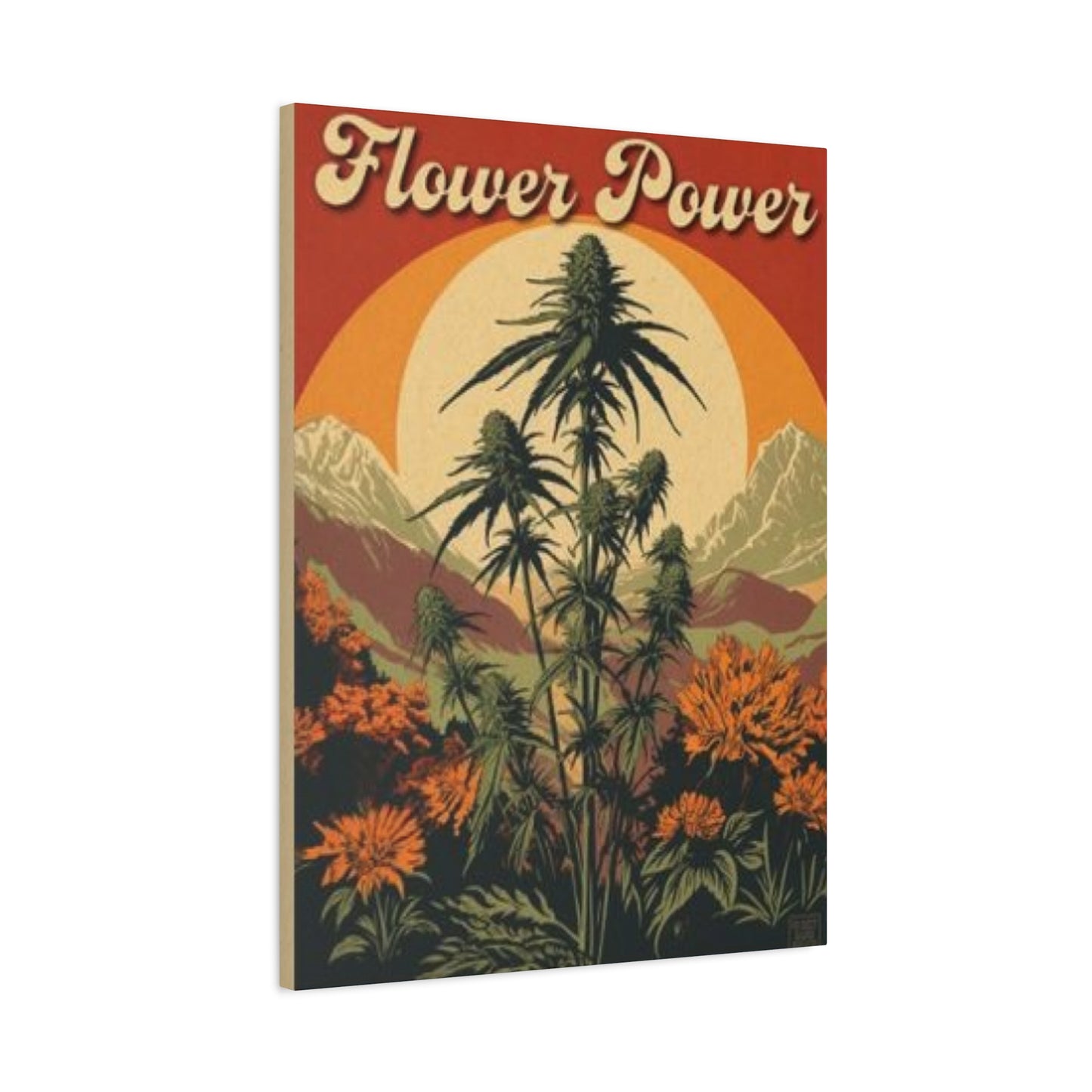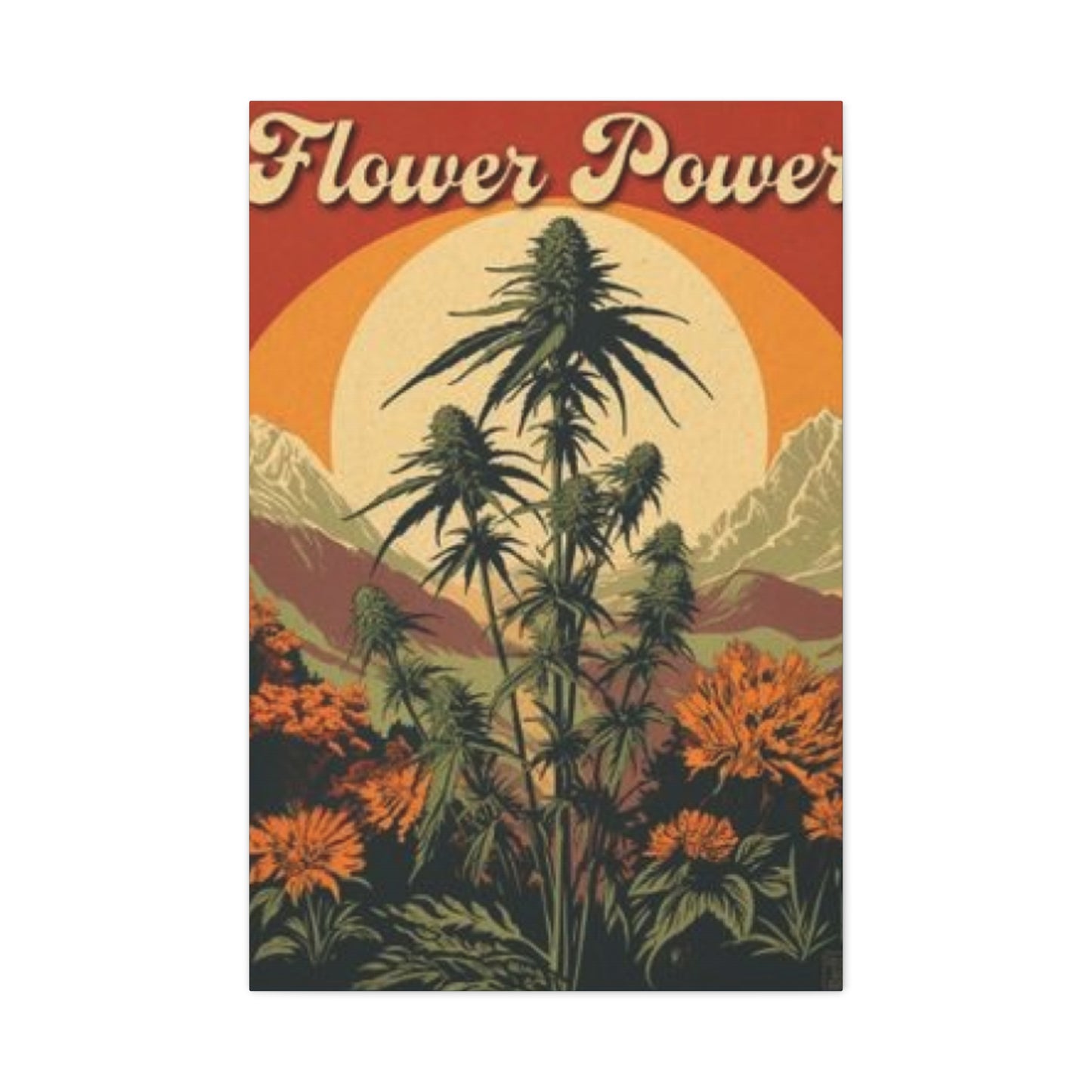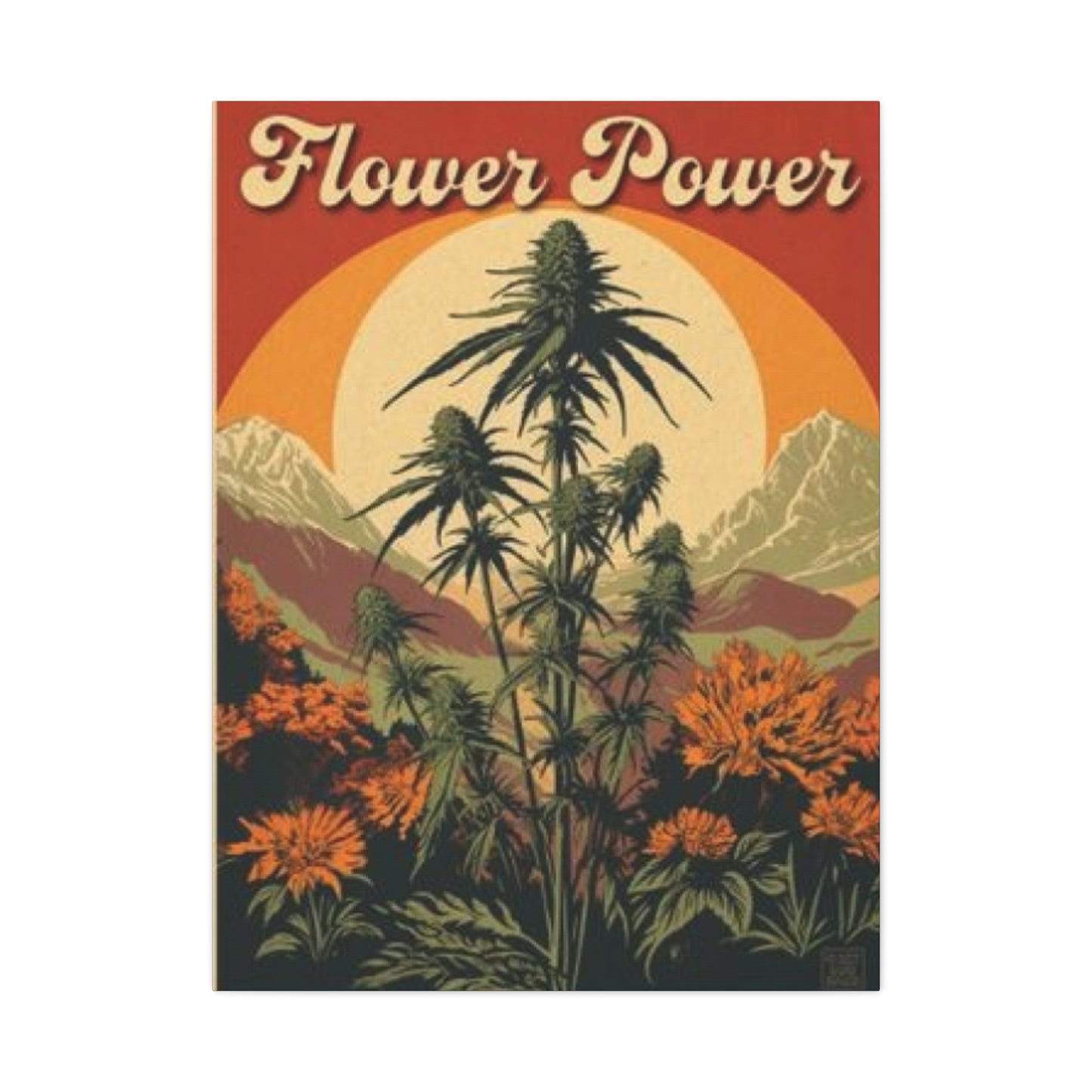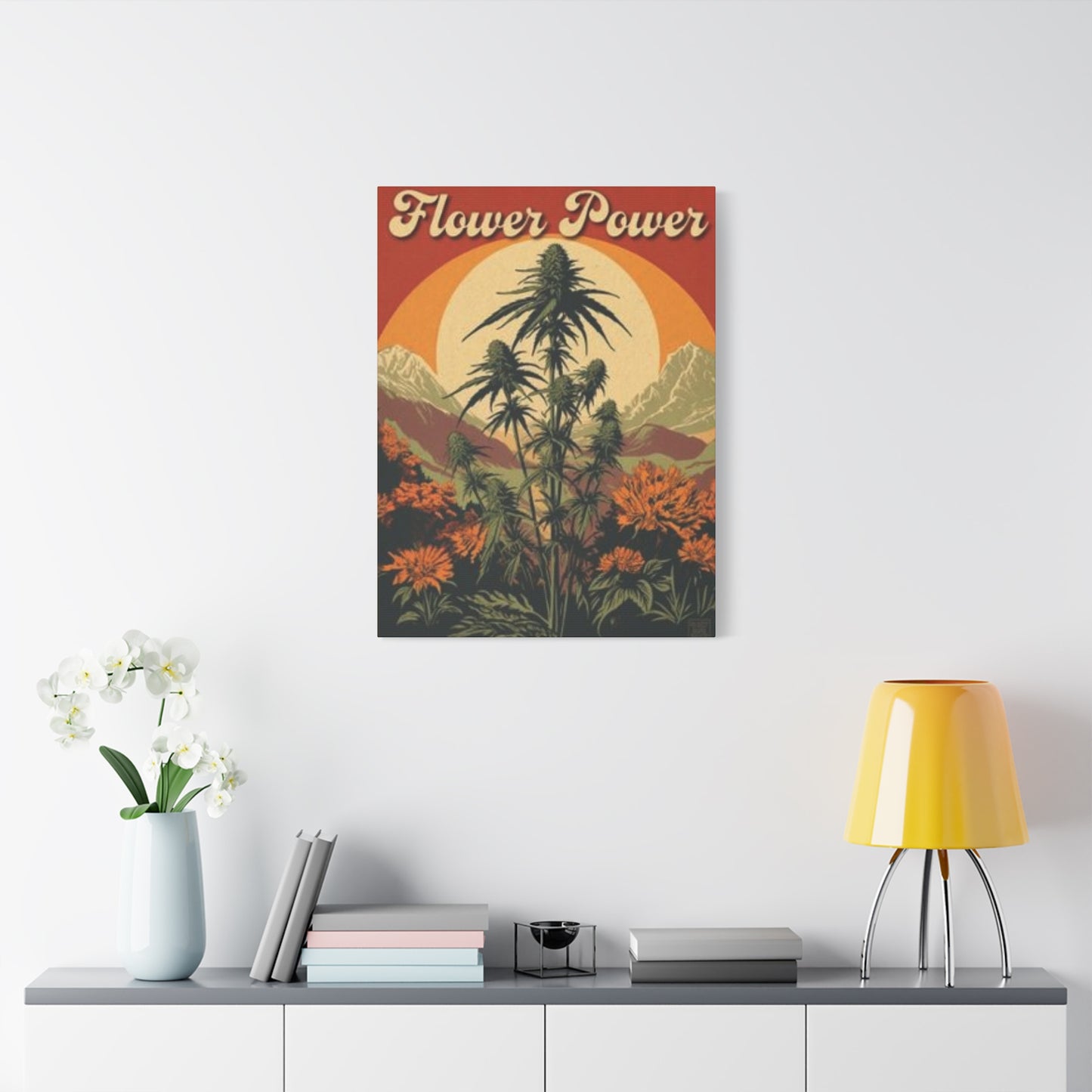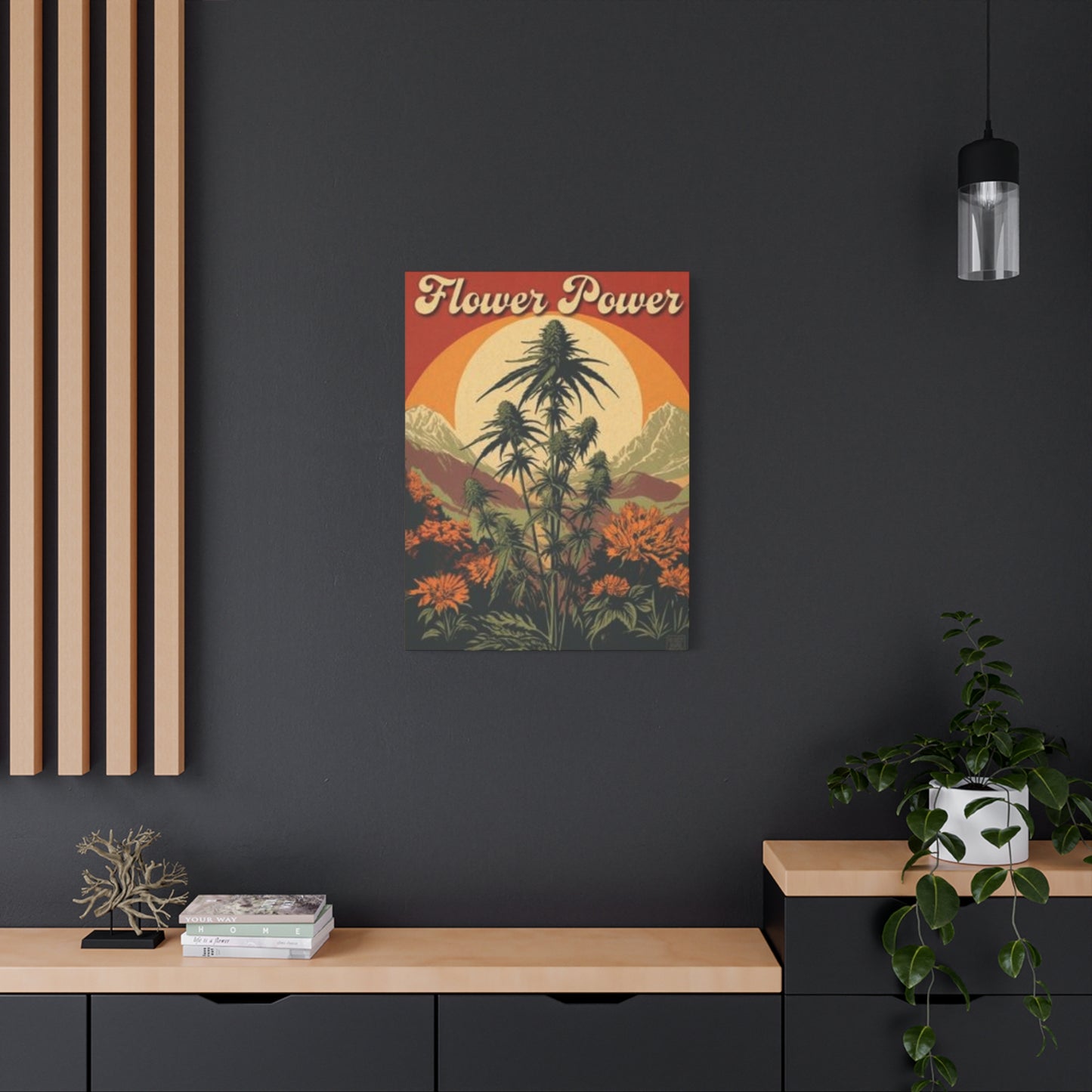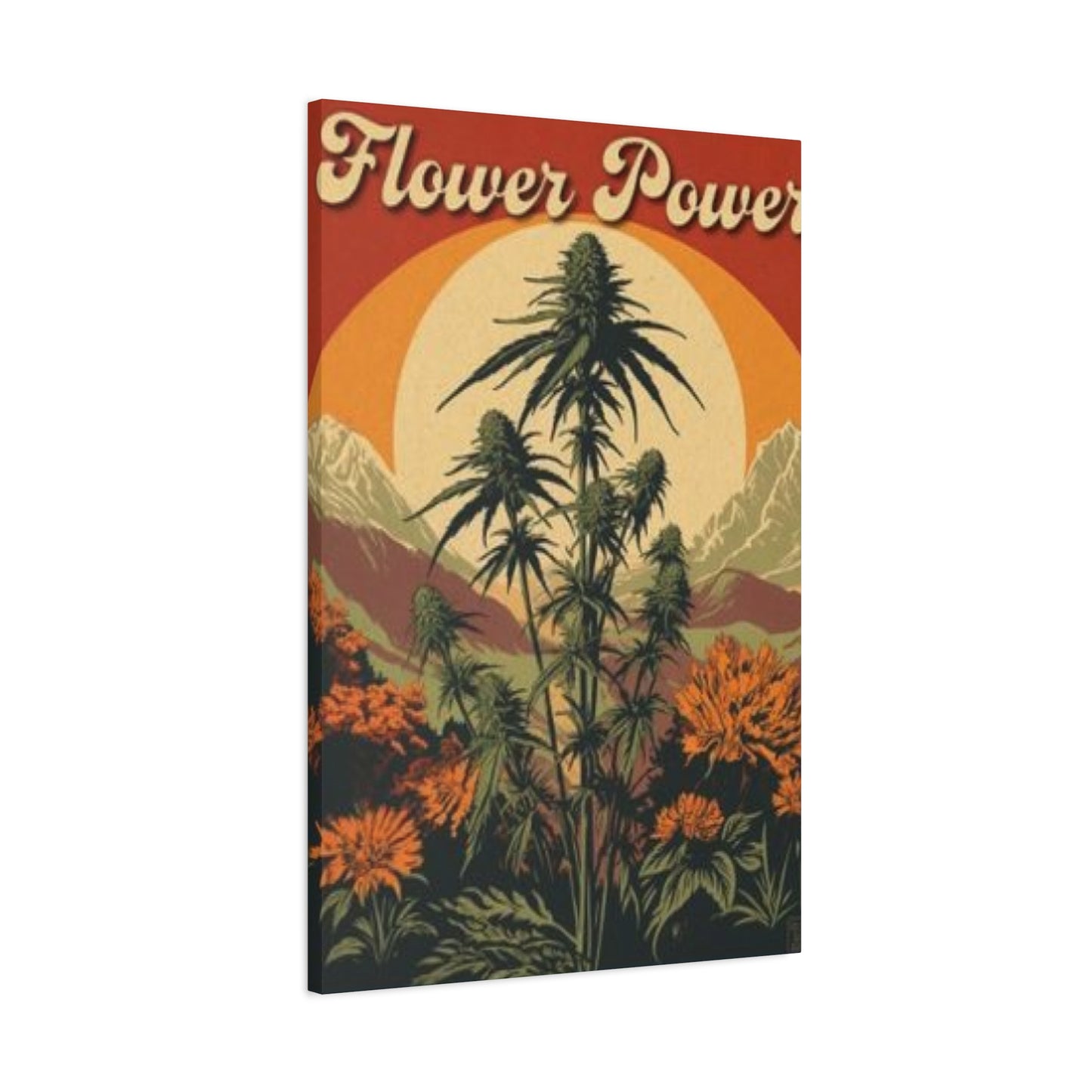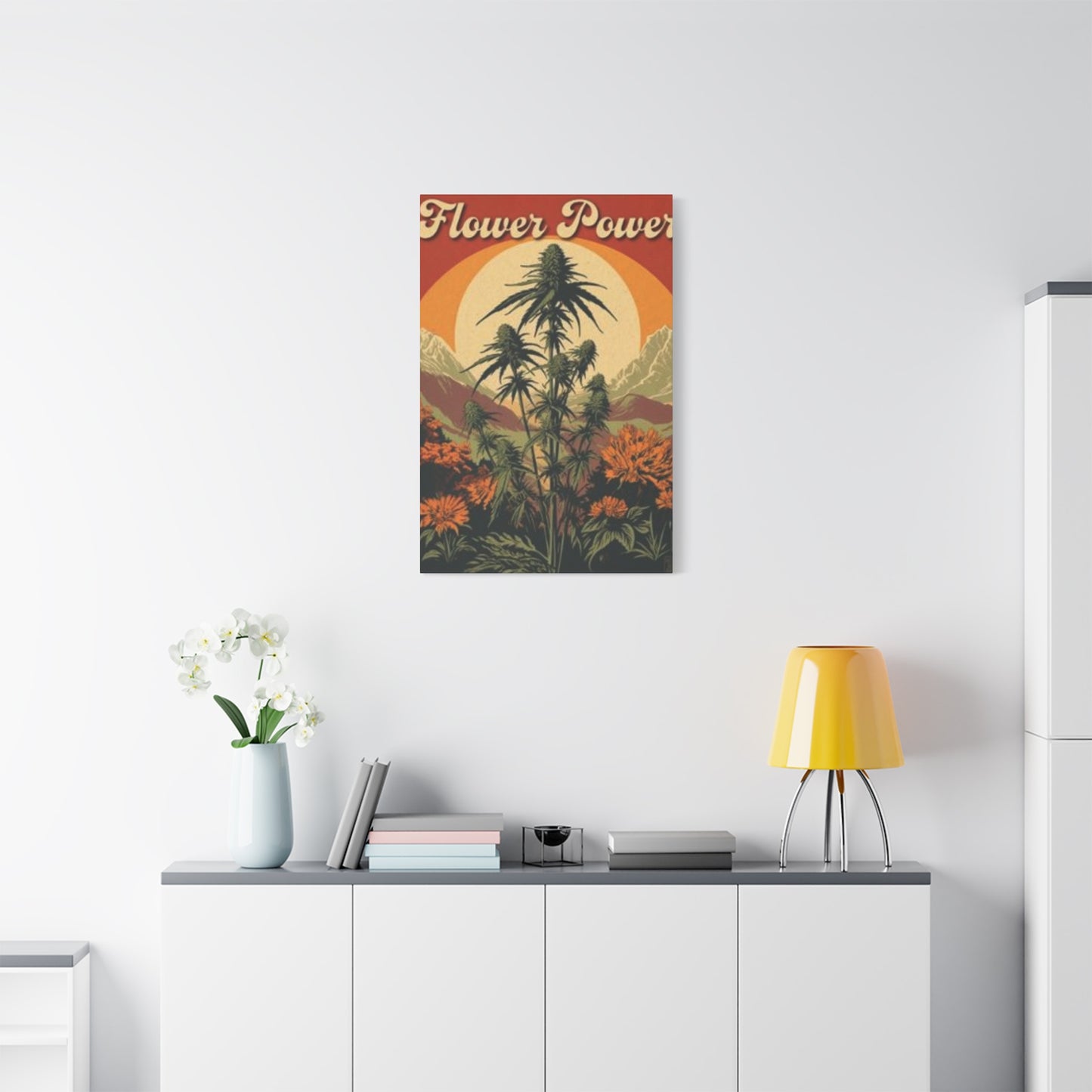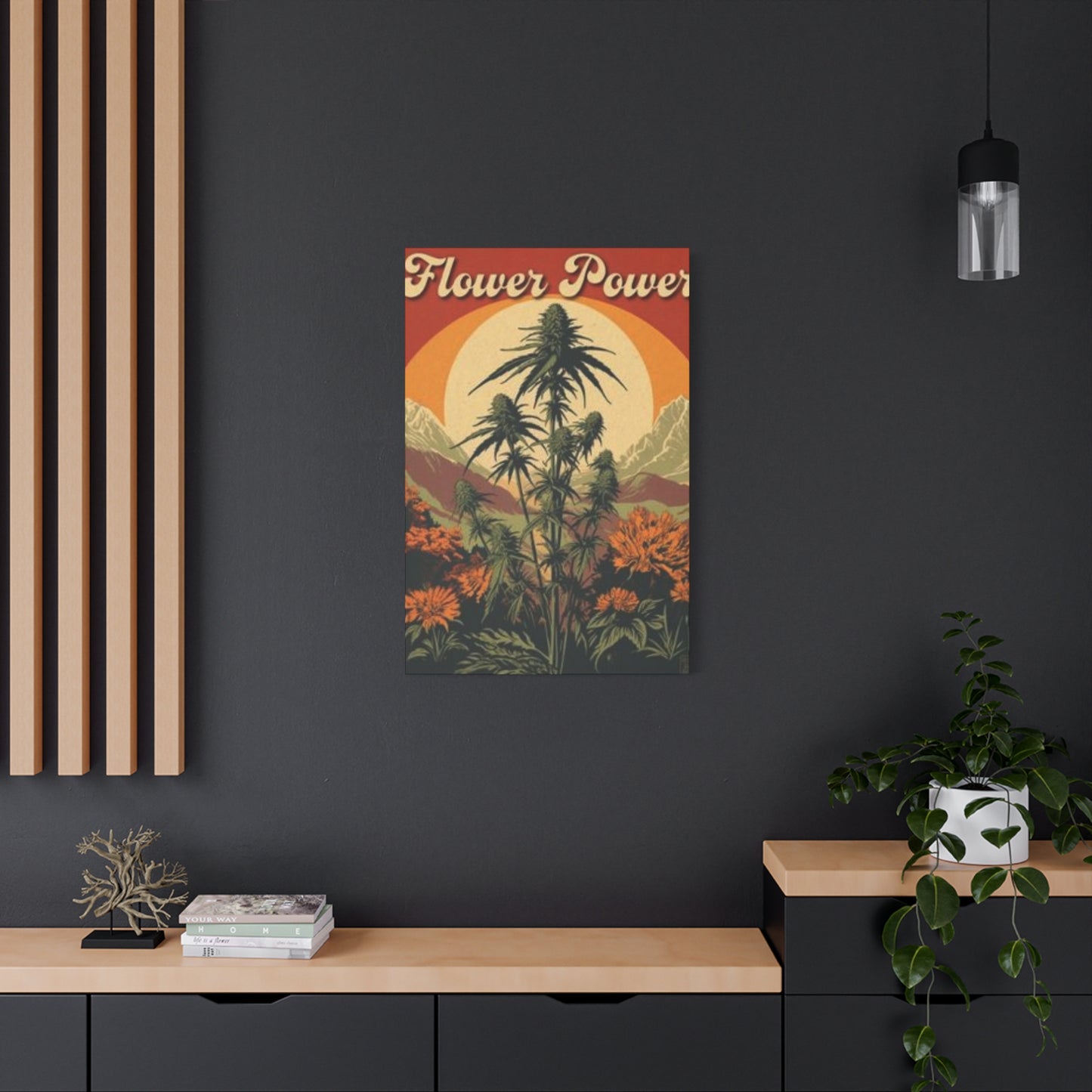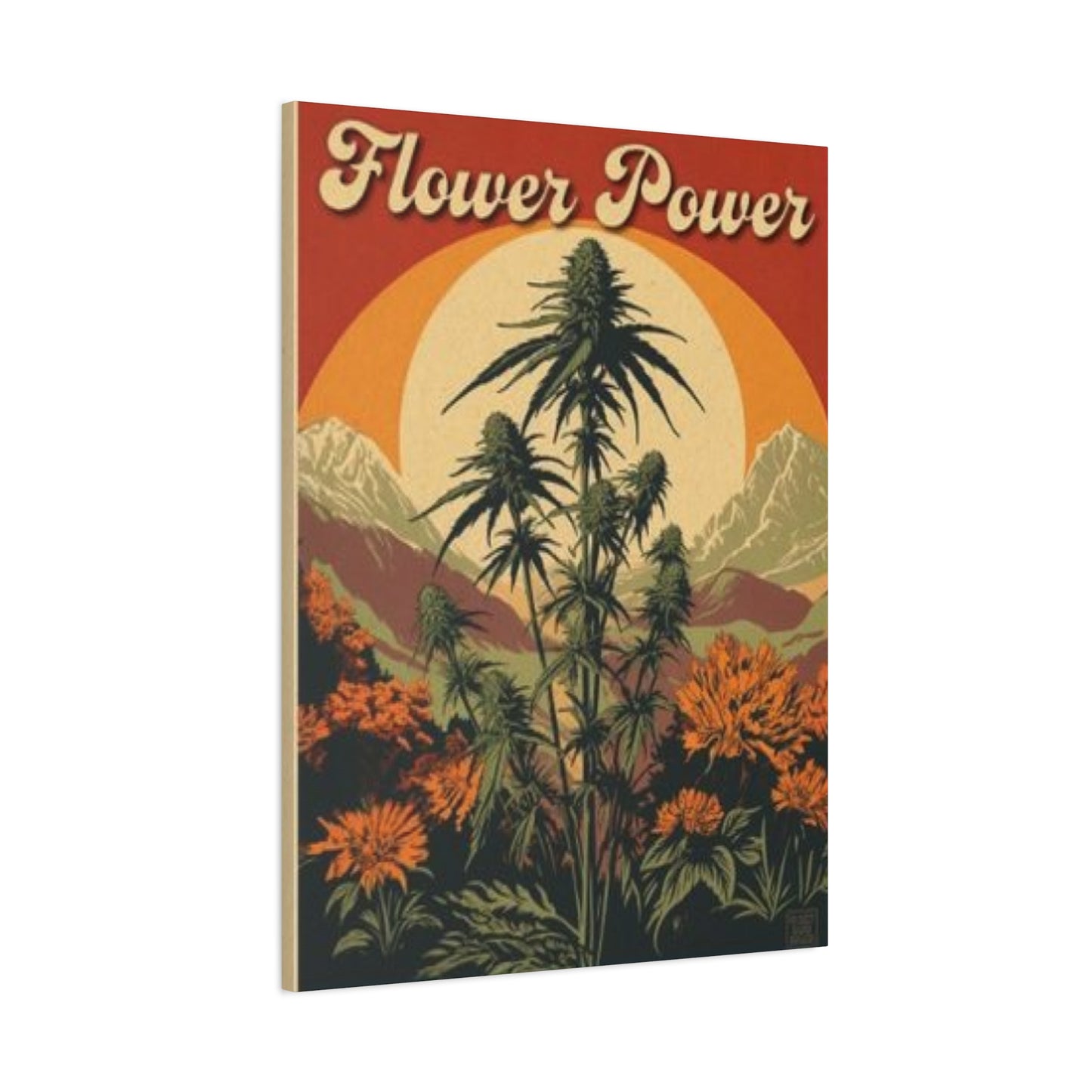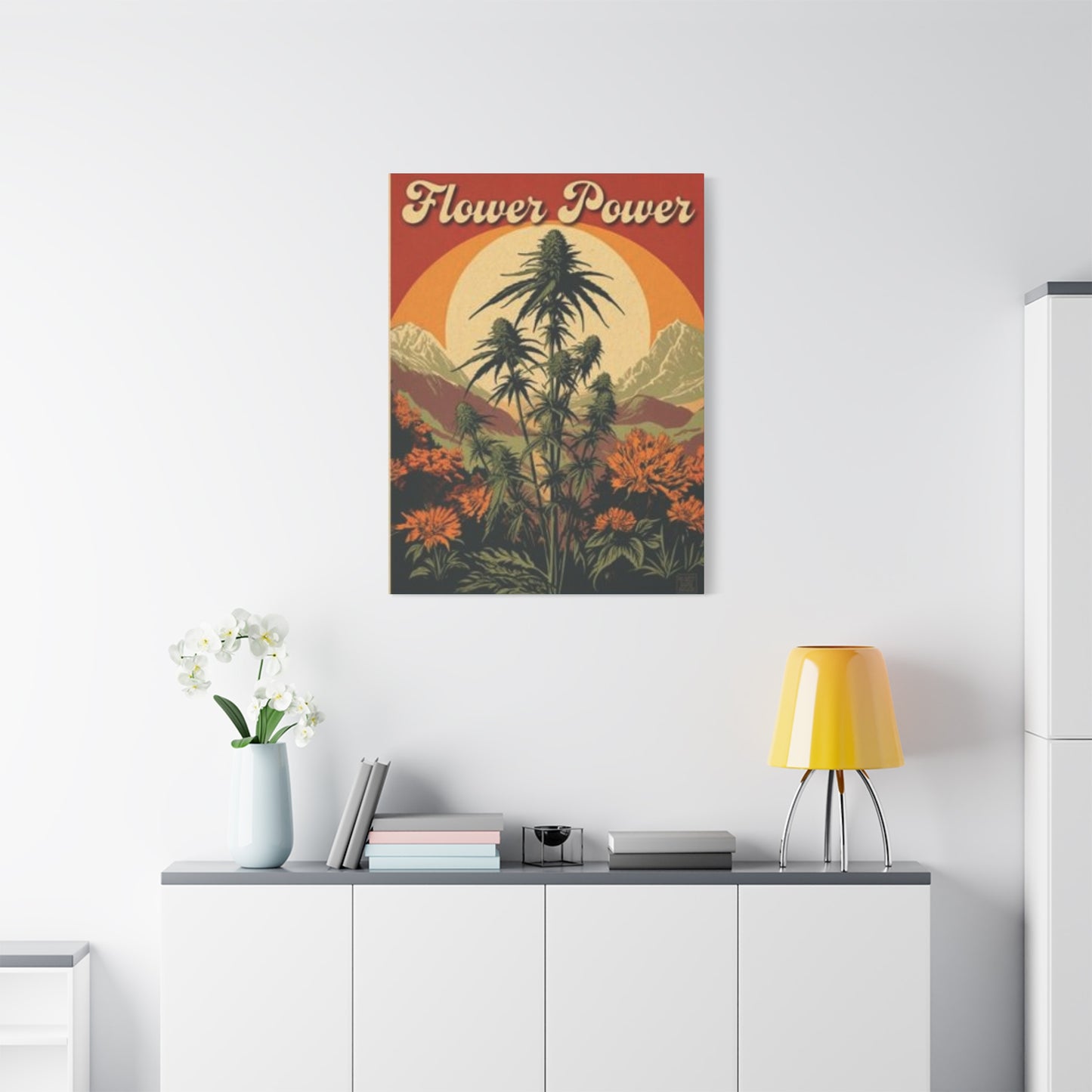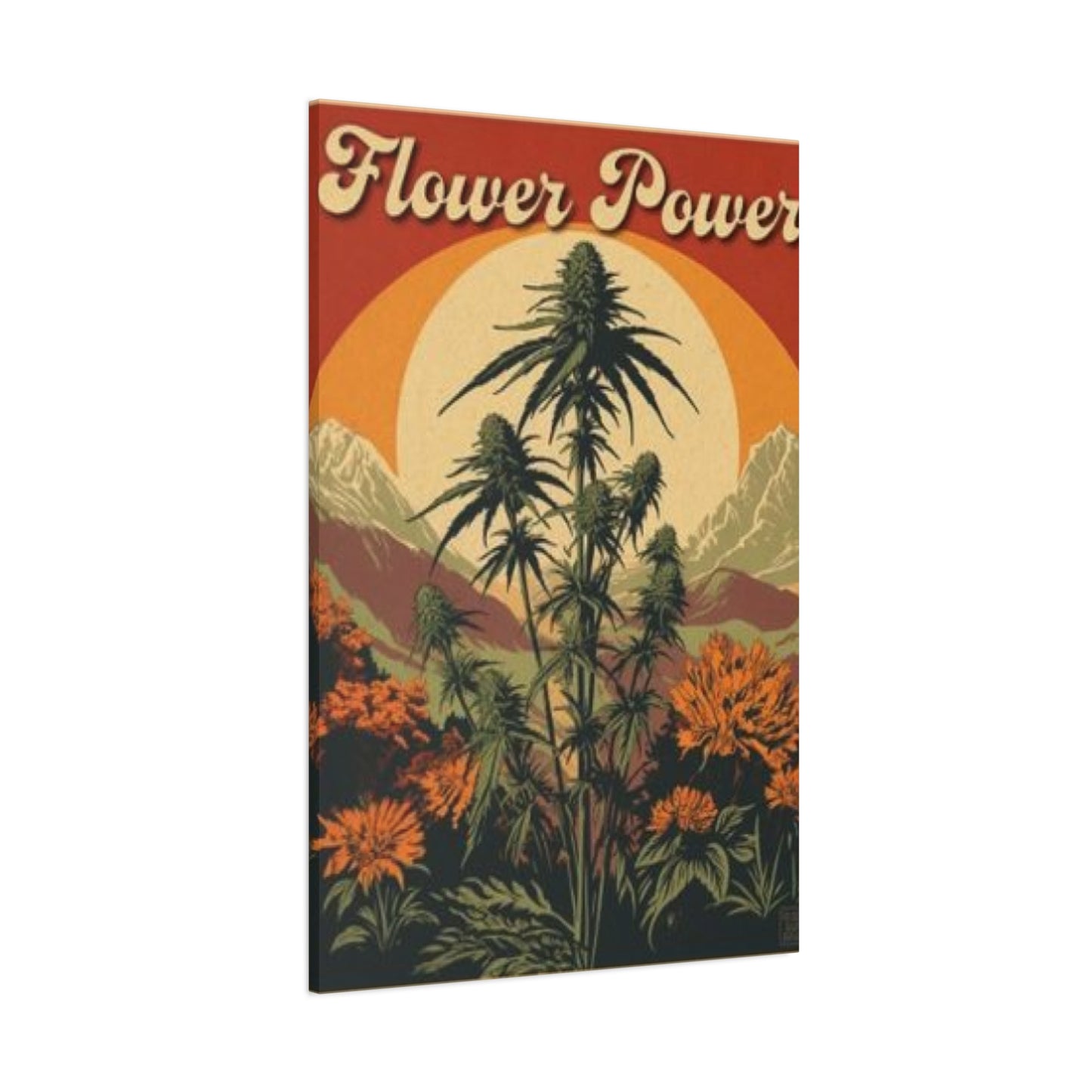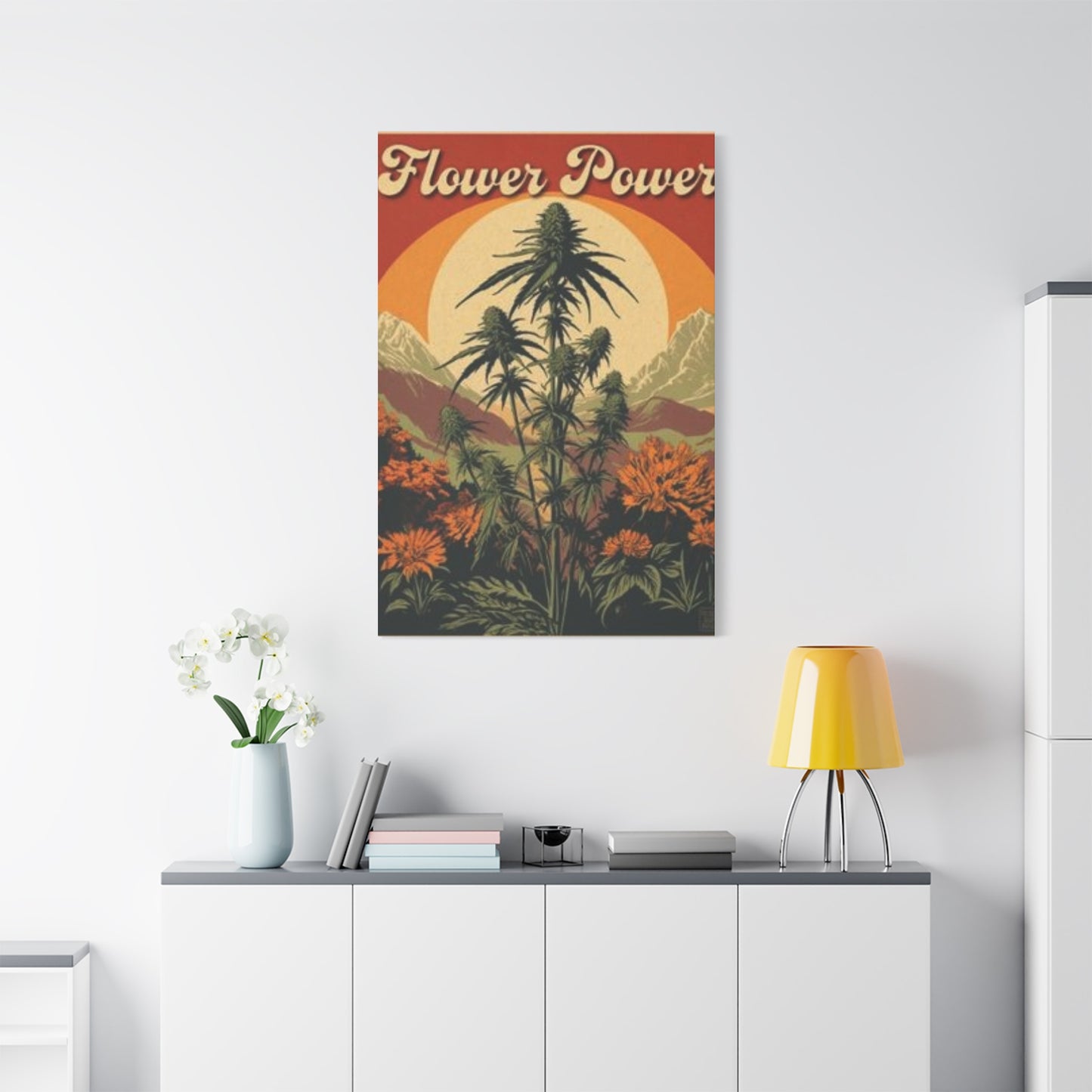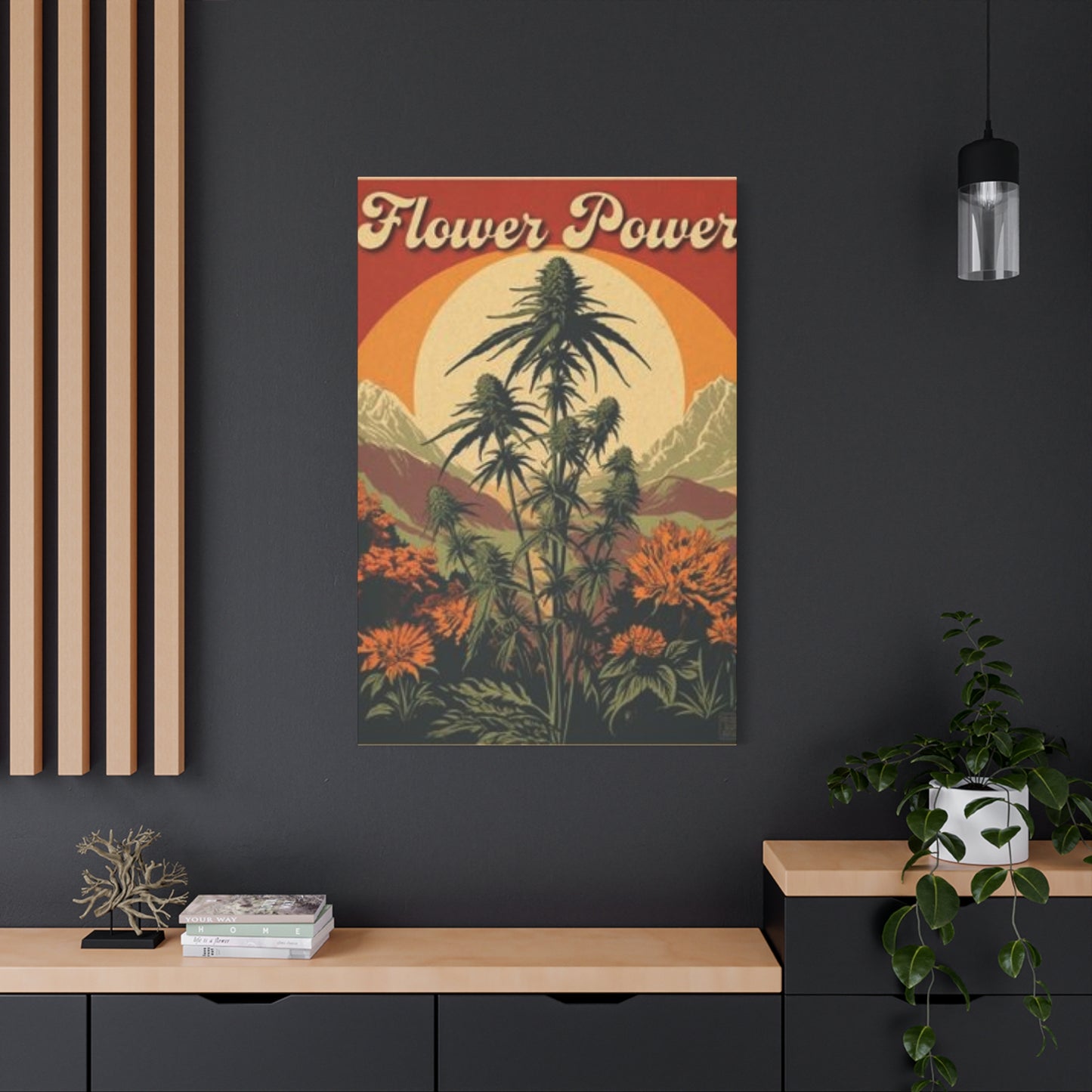Marijuana Wall Art: Elevating Modern Aesthetics Through Contemporary Plant-Inspired Visuals
The fusion of cannabis culture with contemporary artistic expression has emerged as one of the most dynamic trends in modern home decoration. As societal perspectives shift and legal frameworks evolve, marijuana-themed artwork has transcended traditional boundaries to become a sophisticated form of visual expression that resonates with diverse audiences seeking authentic and meaningful decor solutions.
This comprehensive exploration delves into the multifaceted world of cannabis-inspired visual art, examining its cultural significance, aesthetic applications, and transformative potential within residential environments. From subtle botanical prints to bold statement pieces, marijuana wall art offers homeowners an opportunity to express their values, interests, and personal style while contributing to broader conversations about acceptance, creativity, and cultural evolution.
Cannabis Culture Meets Contemporary Art
The relationship between cannabis culture and contemporary artistic expression represents a fascinating convergence of social movement, creative innovation, and aesthetic evolution. This intersection has produced a rich tapestry of visual works that challenge traditional artistic boundaries while celebrating the plant's cultural significance and natural beauty.
Contemporary artists working with cannabis themes draw inspiration from multiple sources, including botanical illustration, street art traditions, fine art movements, and digital design innovations. These creators often approach their subject matter with both reverence and creativity, producing works that honor the plant's historical significance while pushing artistic boundaries and exploring new visual territories.
The sophistication of modern cannabis art reflects broader changes in societal attitudes toward marijuana use and culture. Artists no longer feel compelled to hide behind coded imagery or subtle references; instead, they embrace direct representation while maintaining high artistic standards and creative integrity. This shift has enabled the development of a mature artistic movement that speaks to both cannabis enthusiasts and art lovers who appreciate quality craftsmanship and innovative design.
Museums and galleries increasingly recognize cannabis-themed artwork as legitimate artistic expression worthy of serious consideration. This institutional acceptance has elevated the profile of artists working in this genre while providing platforms for meaningful dialogue about drug policy, social justice, and cultural transformation. The resulting conversations have enriched both the art world and broader society's understanding of cannabis culture.
The democratization of art through digital platforms has also played a crucial role in the growth of cannabis-inspired visual culture. Independent artists can now reach global audiences directly, bypassing traditional gatekeepers and building communities around shared interests and values. This accessibility has fostered innovation and diversity within the movement while making high-quality cannabis art more available to everyday consumers.
Educational institutions have begun incorporating cannabis art into their curricula, recognizing its value as both artistic expression and cultural documentation. These academic programs help legitimize the field while training new generations of artists to approach cannabis themes with skill, sensitivity, and creative vision. The resulting scholarship contributes to our understanding of how art reflects and shapes social change.
Creative Ways to Display Marijuana Wall Art
The presentation of cannabis-themed artwork requires thoughtful consideration of both aesthetic principles and practical concerns. Effective display strategies can enhance the visual impact of marijuana wall art while ensuring that pieces complement rather than overwhelm their surroundings. Understanding these principles enables homeowners to create compelling visual narratives that celebrate cannabis culture with sophistication and style.
Gallery-style arrangements offer one approach to displaying cannabis artwork, particularly when working with multiple pieces or creating thematic collections. This method involves careful attention to spacing, height relationships, and visual flow to create cohesive presentations that guide viewers' attention while maintaining individual pieces' integrity. Professional framing enhances this approach by providing consistent visual borders that unify disparate works.
Statement wall configurations represent another popular display strategy, focusing attention on single large pieces or carefully curated groupings that serve as focal points within rooms. These arrangements work particularly well in living rooms, bedrooms, or dedicated relaxation areas where viewers have time to appreciate artistic details and symbolic meanings. Proper lighting becomes crucial for statement displays, as it can dramatically affect how colors appear and how textures are perceived.
Integrated display approaches blend cannabis artwork seamlessly with other decorative elements, creating layered visual experiences that feel natural and unforced. This strategy works well for homeowners who want to incorporate marijuana themes without making them the dominant design element. Successful integration requires careful color coordination, scale matching, and thematic harmony between cannabis pieces and surrounding decor.
Rotating display systems allow art collectors to enjoy larger collections while maintaining fresh visual environments. This approach involves establishing consistent display frameworks that can accommodate different pieces over time, enabling homeowners to experiment with various combinations while keeping their environments dynamic and engaging. Digital documentation of different arrangements can help track successful combinations for future reference.
Unconventional display locations can add surprise and interest to cannabis art presentations. Hallways, staircases, bathrooms, and even closets can serve as effective venues for marijuana-themed pieces, particularly smaller works or series that might be overwhelmed in larger rooms. These unexpected placements often create memorable moments for visitors while demonstrating the homeowner's commitment to integrating art throughout their living environment.
Technical considerations for cannabis art display include protecting pieces from direct sunlight, maintaining appropriate humidity levels, and ensuring secure mounting systems that can support artwork weight safely. These practical concerns become particularly important for valuable or irreplaceable pieces that require long-term preservation. Professional consultation may be warranted for significant collections or particularly challenging display environments.
Marijuana Leaf Art: From Stigma to Style
The iconic cannabis leaf has undergone a remarkable transformation from symbol of counterculture rebellion to sophisticated design element embraced by mainstream artistic communities. This evolution reflects broader social changes while demonstrating art's power to reshape cultural perceptions and challenge established narratives about controversial subjects.
Historical representations of marijuana leaves often emphasized their connection to illegal activities or alternative lifestyles, frequently appearing in contexts that reinforced negative stereotypes or underground associations. These early depictions, while culturally significant, limited the leaf's potential as a design element and constrained artists' ability to explore its aesthetic qualities without political overtones.
Contemporary artists approach the marijuana leaf with fresh perspectives, treating it as a legitimate botanical subject worthy of serious artistic attention. Modern interpretations range from scientifically accurate illustrations that celebrate the plant's natural beauty to abstract interpretations that extract design principles from leaf structures while creating entirely new visual languages. This diversity of approaches has expanded the leaf's artistic vocabulary considerably.
Minimalist treatments of cannabis leaf imagery have proven particularly effective in bridging the gap between cannabis culture and mainstream design sensibilities. These works focus on essential forms, elegant lines, and subtle color palettes to create pieces that communicate botanical beauty without overwhelming their surroundings. Such approaches make marijuana leaf art accessible to broader audiences who might otherwise feel uncomfortable with more explicit cannabis imagery.
Scientific illustration traditions have significantly influenced contemporary marijuana leaf art, bringing precision, accuracy, and educational value to artistic representations. Artists working in this mode often combine aesthetic considerations with botanical knowledge to create works that are both beautiful and informative. These pieces serve dual purposes as art objects and educational tools, helping viewers appreciate the plant's natural complexity.
Stylized interpretations of cannabis leaves allow artists to explore creative possibilities while maintaining recognizable connections to their source material. These works might emphasize particular aspects of leaf structure, experiment with color relationships, or integrate leaf forms with other design elements to create hybrid compositions that speak to both cannabis culture and broader artistic traditions.
Cultural adaptation has enabled marijuana leaf imagery to appear in various artistic contexts worldwide, with different cultural traditions bringing unique perspectives and techniques to cannabis representation. These cross-cultural exchanges have enriched the artistic vocabulary surrounding marijuana imagery while demonstrating the universal appeal of botanical themes in visual art.
How to Incorporate Cannabis Art in Your Home
Successfully integrating cannabis-themed artwork into residential environments requires careful planning, aesthetic sensitivity, and strategic thinking about how these pieces will function within existing design frameworks. The key lies in treating marijuana art as legitimate artistic expression while considering its impact on overall room dynamics and visitor experiences.
Room selection plays a crucial role in cannabis art integration, as different areas of homes serve different functions and accommodate varying levels of personal expression. Private areas like bedrooms, home offices, or personal retreats often provide ideal settings for more explicit cannabis imagery, while public areas might benefit from subtler approaches that hint at cannabis themes without dominating conversations.
Color coordination between cannabis artwork and existing room palettes ensures visual harmony while preventing artistic pieces from appearing jarring or out of place. Many marijuana-themed works feature green color schemes that can complement natural elements, earth tones, or contemporary color palettes. However, artists increasingly explore diverse color relationships that expand integration possibilities considerably.
Scale considerations affect how cannabis art functions within room environments, with larger pieces commanding attention while smaller works can provide accent elements or contribute to gallery walls. Understanding the relationship between artwork size and room dimensions helps homeowners select pieces that enhance rather than overwhelm their living environments. Multiple small pieces can often achieve greater impact than single large works when properly arranged.
Thematic integration involves connecting cannabis artwork with broader design themes that run throughout homes or specific rooms. Botanical themes, natural materials, bohemian aesthetics, or contemporary design languages can all provide frameworks for incorporating marijuana art organically. These connections help cannabis pieces feel intentional rather than randomly placed.
Lighting strategies can dramatically affect how cannabis artwork appears and functions within rooms. Natural light, accent lighting, and general illumination all influence color perception, texture visibility, and overall visual impact. Many cannabis-themed pieces benefit from warm lighting that enhances green tones and creates inviting atmospheres appropriate for relaxation or contemplation.
Conversation management becomes important when displaying cannabis art in homes where visitors might have varying comfort levels with marijuana themes. Thoughtful placement, accompanying explanatory materials, or strategic groupings with other botanical art can help contextualize cannabis pieces while respecting diverse viewpoints. The goal is creating inclusive environments where art can be appreciated regardless of personal attitudes toward cannabis use.
The Symbolism Behind Marijuana Wall Art
Cannabis imagery carries complex layers of meaning that extend far beyond simple plant representation, encompassing themes of personal freedom, social justice, medical healing, and cultural transformation. Understanding these symbolic dimensions enhances appreciation for marijuana wall art while providing insight into why these works resonate so powerfully with diverse audiences.
Freedom and liberation themes appear frequently in cannabis art, reflecting the plant's association with personal autonomy and resistance to authoritarian control. Artists often use marijuana imagery to explore concepts of individual choice, self-determination, and the right to make personal decisions about consciousness and lifestyle. These works speak to fundamental questions about the relationship between individuals and governmental authority.
Medical symbolism has gained prominence as cannabis research advances and therapeutic applications become more widely recognized. Artistic representations increasingly incorporate healing imagery, wellness themes, and symbols of relief and recovery. These works help destigmatize medical marijuana use while celebrating the plant's potential to alleviate suffering and improve quality of life for patients with various conditions.
Social justice themes run throughout much cannabis art, addressing issues like mass incarceration, racial disparities in drug law enforcement, and the need for criminal justice reform. Artists use marijuana imagery to highlight these injustices while advocating for policy changes that would address systemic inequalities. Such works demonstrate art's power to promote social awareness and encourage political engagement.
Spiritual and consciousness exploration themes reflect cannabis's long history as a tool for meditation, creativity, and transcendent experiences. Artists working with these concepts often incorporate mystical imagery, sacred geometry, or references to various spiritual traditions that have embraced cannabis as a sacrament or consciousness-expanding tool. These works invite viewers to consider deeper questions about awareness and existence.
Natural harmony and environmental themes celebrate cannabis as part of the natural world while advocating for sustainable cultivation practices and environmental stewardship. Artists might combine marijuana imagery with other natural elements, emphasize organic growing methods, or highlight the plant's potential as an environmentally friendly alternative to various industrial products.
Cultural celebration themes honor cannabis's role in various cultural traditions while promoting cross-cultural understanding and appreciation. These works might reference specific cultural practices, incorporate traditional artistic techniques, or celebrate the diversity of cannabis culture worldwide. Such pieces contribute to broader conversations about cultural heritage and preservation.
Colorful Cannabis Prints for Bold Aesthetic Preferences
The world of cannabis-themed prints has exploded with vibrant color palettes and bold design approaches that challenge traditional expectations about marijuana imagery. These contemporary works embrace experimental color relationships, dynamic compositions, and innovative printing techniques to create visually striking pieces that command attention while celebrating cannabis culture with unprecedented artistic sophistication.
Psychedelic color schemes draw inspiration from the historical connection between cannabis culture and psychedelic art movements, featuring intense color combinations, gradient effects, and optical illusions that create immersive visual experiences. These works often incorporate neon colors, fluorescent elements, and high-contrast relationships that make them perfect statement pieces for contemporary living environments.
Tropical and botanical color palettes celebrate cannabis as part of the natural world while creating fresh, vibrant atmospheres that evoke paradise, growth, and abundance. Artists working in these modes often combine cannabis imagery with other tropical plants, exotic flowers, or jungle scenes to create comprehensive botanical fantasies that transform rooms into lush, verdant sanctuaries.
Monochromatic treatments explore the full range of possibilities within single color families, creating sophisticated compositions that demonstrate the artistic potential of restrained palettes. These works might feature various shades of green, from deep forest tones to bright lime hues, or explore entirely unexpected color families like blues, purples, or earth tones that challenge viewers' expectations about cannabis representation.
Metallic and luxury finishes elevate cannabis prints to new levels of sophistication, incorporating gold foil, silver leaf, or other premium materials that add texture, depth, and perceived value to artistic works. These techniques help position cannabis art as legitimate luxury decor while creating pieces that catch and reflect light in dynamic ways that change throughout the day.
Digital art innovations have opened new possibilities for cannabis print creation, enabling artists to experiment with effects, textures, and color relationships that would be impossible with traditional media. Digital techniques allow for precise color control, complex layering, and printing options that maintain fidelity across various scales and materials. These capabilities have democratized high-quality cannabis art production while expanding creative possibilities.
Limited edition and artist proof prints create collectible value while ensuring that bold cannabis artworks remain exclusive and special. These production approaches help support artists financially while giving collectors confidence that their pieces will retain value over time. The limited nature of these works often makes them conversation starters that reflect the owner's artistic sophistication and cultural awareness.
Marijuana Art as a Statement Piece
Cannabis-themed artwork possesses unique power to serve as statement pieces that communicate personal values, cultural affiliations, and aesthetic preferences while sparking meaningful conversations about contemporary social issues. These works function simultaneously as artistic objects and cultural artifacts that reflect changing attitudes toward marijuana use, personal freedom, and artistic expression.
Conversation starter potential makes marijuana art particularly effective as statement pieces in social environments where homeowners want to encourage dialogue and connection. These works often prompt discussions about drug policy, artistic freedom, cultural change, and personal experiences that might not arise in other contexts. The key is selecting pieces that invite respectful conversation rather than alienating guests with different perspectives.
Personal expression through cannabis art allows individuals to communicate their values and interests in sophisticated ways that go beyond simple advocacy or lifestyle statements. High-quality marijuana artwork demonstrates cultural literacy, artistic appreciation, and thoughtful curation while expressing support for cannabis culture. These pieces show that cannabis enthusiasm can coexist with refined taste and intellectual sophistication.
Cultural positioning becomes important when using cannabis art as statement pieces, as these works inevitably communicate something about the homeowner's relationship to mainstream culture, alternative movements, and social change. Thoughtful selection and presentation can position cannabis art as progressive, inclusive, and forward-thinking rather than rebellious or exclusionary.
Artistic quality considerations ensure that cannabis statement pieces succeed as both cultural statements and aesthetic objects. Poor quality or cliché marijuana art might undermine intended messages while failing to enhance living environments. Investing in well-crafted, thoughtfully designed pieces demonstrates commitment to both cannabis culture and artistic excellence.
Professional and social contexts affect how cannabis statement pieces function in different environments. Home offices, entertainment areas, and casual living areas might accommodate bold cannabis art more easily than formal dining rooms or spaces where professional colleagues might visit. Understanding these contextual considerations helps homeowners make strategic decisions about placement and selection.
Evolution and adaptability allow cannabis statement pieces to remain relevant as cultural attitudes continue changing. The most effective pieces possess artistic qualities that transcend their specific cultural moment while maintaining connections to cannabis culture. This balance ensures that investments in cannabis art will continue providing satisfaction and cultural relevance over time.
The Intersection of Art and Cannabis Culture
The relationship between artistic expression and cannabis culture represents one of the most dynamic and rapidly evolving intersections in contemporary cultural production. This convergence has generated new artistic movements, challenged traditional boundaries, and created platforms for social dialogue while contributing to the broader acceptance and normalization of marijuana culture in mainstream society.
Historical connections between artists and cannabis use have deep roots in various cultural traditions worldwide, with many cultures recognizing the plant's potential to enhance creativity, provide spiritual insight, and facilitate artistic expression. These historical precedents provide context for understanding contemporary developments while demonstrating the enduring relationship between cannabis and creative production.
Creative enhancement theories suggest that cannabis use can facilitate certain types of creative thinking, pattern recognition, and aesthetic appreciation that benefit artistic production. While scientific understanding of these effects continues evolving, many artists report that cannabis helps them access different creative states, approach problems from new angles, and appreciate subtle aesthetic relationships that might otherwise escape notice.
Community building around cannabis art has created networks of artists, collectors, and enthusiasts who support each other's work while advancing broader cultural goals related to cannabis acceptance and artistic innovation. These communities provide markets for cannabis-themed artwork, platforms for artistic development, and spaces for meaningful cultural dialogue that extends beyond simple commercial exchange.
Social commentary through cannabis art addresses various issues related to drug policy, social justice, personal freedom, and cultural transformation. Artists use marijuana imagery to critique current policies, advocate for reform, highlight injustices, and imagine alternative futures where cannabis culture is fully accepted and celebrated. These works contribute to broader social movements while maintaining their value as artistic objects.
Legitimacy and recognition within established art institutions has been crucial for elevating cannabis art from niche interest to serious artistic movement. Museums, galleries, and academic institutions increasingly acknowledge cannabis-themed work as legitimate artistic expression worthy of preservation, study, and public presentation. This institutional support provides credibility while creating opportunities for broader public engagement.
Cross-pollination with other cultural movements has enriched cannabis art while expanding its influence beyond marijuana-specific communities. Environmental art, social justice movements, alternative healing practices, and various countercultural traditions have all contributed to cannabis art's development while benefiting from its creative energy and cultural dynamism.
Legalization and the Boom of Cannabis Wall Art
The progressive legalization of cannabis across various jurisdictions has created unprecedented opportunities for marijuana-themed artwork to emerge from underground markets into mainstream commercial and cultural spaces. This shift has fundamentally transformed the cannabis art market while enabling new forms of artistic expression that were previously constrained by legal concerns and social stigma.
Market expansion following legalization has created substantial new demand for cannabis-themed artwork as dispensaries, lounges, cultivation facilities, and related businesses seek appropriate decorative elements that celebrate cannabis culture while maintaining professional atmospheres. This commercial demand has provided sustainable income streams for artists while encouraging higher production values and artistic innovation.
Mainstream acceptance has enabled cannabis art to appear in contexts that were previously impossible, including public galleries, mainstream retail outlets, and residential settings where homeowners no longer fear legal consequences for displaying marijuana imagery. This expanded accessibility has broadened the audience for cannabis art while reducing the stigma associated with cannabis-themed decoration.
Investment potential in cannabis artwork has attracted collectors and investors who recognize the historical significance of this cultural moment while anticipating continued growth in cannabis culture and related markets. Early works from significant cannabis artists may appreciate considerably as the movement matures and historical perspective develops around this period of cultural transformation.
Regulatory frameworks in legal cannabis markets have established parameters for cannabis-themed advertising and public display that affect how marijuana artwork can be presented and marketed. Understanding these regulations helps artists and collectors navigate legal requirements while maximizing their ability to create, display, and sell cannabis-themed works within legal frameworks.
Cultural documentation through cannabis art preserves important aspects of this historical moment when marijuana culture transitions from illegal underground activity to legitimate mainstream practice. These artistic works serve as historical records of changing attitudes, evolving aesthetics, and cultural transformation that will be valuable for future researchers and cultural historians.
Economic opportunities created by cannabis legalization extend beyond direct sales to include licensing, reproduction rights, merchandise development, and various commercial applications for cannabis artwork. These multiple revenue streams help sustain artists financially while expanding the reach and influence of cannabis-themed visual culture.
Marijuana Murals: Big Impact, Bold Message
Large-scale marijuana murals represent some of the most powerful and visually striking manifestations of cannabis culture in public and private artistic contexts. These expansive works leverage their physical scale to create immersive experiences while making bold statements about cannabis acceptance, cultural celebration, and artistic ambition that smaller pieces cannot achieve.
Public art applications for marijuana murals have increased dramatically in areas with legal cannabis markets, where communities embrace these works as expressions of local culture and progressive values. These public installations often become landmarks that attract visitors while demonstrating community commitment to cannabis acceptance and cultural diversity. Successful public cannabis murals typically balance bold visual impact with community sensitivity.
Private commission opportunities for cannabis murals have grown as homeowners, business owners, and institutions seek custom artwork that reflects their values and interests while creating unique visual environments. These commissioned works often incorporate personal elements, specific color schemes, or architectural considerations that create seamless integration between artwork and environment.
Technical considerations for marijuana murals include surface preparation, paint selection, weather resistance, and long-term durability that ensure these significant investments maintain their visual impact over time. Professional mural artists bring specialized knowledge about materials, techniques, and environmental factors that affect large-scale artworks. These technical skills are crucial for creating murals that survive and thrive in various conditions.
Collaborative creation processes often characterize marijuana mural projects, with multiple artists, community members, or stakeholders contributing ideas, labor, or resources to achieve shared visions. These collaborative approaches can strengthen community bonds while creating works that reflect diverse perspectives and experiences within cannabis culture. Documentation of collaborative processes becomes part of the artwork's cultural significance.
Maintenance and preservation of cannabis murals requires ongoing attention to environmental damage, vandalism, and natural deterioration that can affect all outdoor artworks. Establishing maintenance protocols and securing funding for ongoing care helps preserve these cultural investments while ensuring they continue serving their communities effectively. Some murals benefit from protective coatings or regular restoration work.
Cultural impact assessment becomes important for significant cannabis mural projects, particularly those in public locations where they will influence community character and visitor perceptions. Understanding potential positive and negative reactions helps project planners make informed decisions about design, placement, and community engagement strategies that maximize positive outcomes while minimizing conflict.
Affordable Cannabis Art Prints Online
The digital marketplace has revolutionized access to cannabis-themed artwork by enabling artists to offer high-quality prints at accessible price points while reaching global audiences without traditional gallery intermediation. This democratization has made it possible for cannabis enthusiasts at all economic levels to incorporate meaningful artwork into their living environments while supporting artists directly.
Print-on-demand technologies have eliminated many barriers that previously prevented artists from offering affordable cannabis art, including inventory costs, storage requirements, and minimum order quantities that made small-scale distribution economically challenging. These platforms enable artists to offer various sizes, materials, and finishing options while maintaining competitive pricing that benefits consumers.
Quality considerations for online cannabis art prints include resolution standards, color accuracy, paper types, and printing methods that affect final product appearance and longevity. Understanding these technical factors helps consumers make informed purchasing decisions while ensuring satisfaction with their investments. Professional artists typically provide detailed specifications and quality guarantees for their print offerings.
Artist verification and authenticity become important when purchasing cannabis art online, as the digital marketplace includes both legitimate artists and unauthorized reproductions that may violate copyright laws or misrepresent artistic origins. Reputable platforms typically provide artist profiles, authentication systems, and buyer protection policies that help consumers support legitimate creators while avoiding fraudulent products.
Customization options available through online platforms often include size selection, framing choices, material preferences, and sometimes color modifications that allow consumers to tailor cannabis artwork to their specific needs and environments. These customization capabilities enhance the value proposition of online cannabis art while enabling greater personalization than traditional retail approaches.
Shipping and handling considerations affect the total cost and satisfaction level of online cannabis art purchases, with factors including packaging quality, delivery speed, damage protection, and return policies all influencing the customer experience. Professional sellers invest in appropriate packaging materials and reliable shipping methods to ensure their products arrive in perfect condition.
Digital portfolios and virtual galleries enable consumers to view extensive collections of cannabis artwork online while providing tools for visualization, comparison, and selection that enhance the shopping experience. Advanced platforms might offer augmented reality features that help customers envision how specific pieces would appear in their actual living environments.
DIY Marijuana Art Ideas for Beginners
Creating original cannabis-themed artwork provides an accessible entry point into artistic expression while enabling personalized decoration that reflects individual style and cannabis culture appreciation. Beginner-friendly projects can produce satisfying results while building skills and confidence that support more ambitious creative endeavors over time.
Drawing and sketching techniques offer fundamental approaches to creating cannabis art using minimal materials and equipment that most people already possess. Basic exercises might include botanical studies of actual marijuana leaves, simplified line drawings that capture essential forms, or abstract interpretations that explore shape and pattern relationships. These foundational skills support more advanced projects while providing immediate creative satisfaction.
Painting projects for beginners can range from simple watercolor washes that capture the organic nature of cannabis plants to acrylic paintings that explore bold color relationships and graphic design principles. Beginner painters benefit from starting with single-leaf studies before progressing to more complex compositions that incorporate multiple elements or advanced techniques.
Digital art creation using smartphone apps or free computer software enables beginners to experiment with cannabis-themed artwork without investing in traditional art supplies or developing complex technical skills. Many digital platforms offer templates, filters, and editing tools that simplify the creation process while producing professional-looking results suitable for printing or social media sharing.
Collage and mixed media approaches allow beginners to combine various materials, textures, and found objects to create unique cannabis-themed artworks that reflect personal style and available resources. These techniques can incorporate photography, fabric, natural materials, or recycled elements to create layered compositions that tell personal stories or express individual perspectives on cannabis culture.
Stenciling and template methods provide structured approaches to creating consistent, professional-looking cannabis artwork without requiring advanced drawing skills. Beginners can create their own stencils or find existing templates that can be adapted for personal projects. These techniques work well for multiple reproductions or large-scale applications like wall decorations.
Documentation and sharing of DIY cannabis art projects through social media, online communities, or local groups can provide feedback, inspiration, and connections with other creators who share similar interests. These interactions often lead to skill development opportunities, collaborative projects, and increased confidence in artistic abilities while building supportive communities around cannabis art creation.
Abstract Marijuana Art: Beyond the Leaf
Abstract approaches to cannabis-themed artwork push beyond literal representation to explore deeper themes, emotions, and concepts associated with marijuana culture through color, form, texture, and composition. These sophisticated works often achieve greater artistic complexity while appealing to broader audiences who appreciate abstract art principles regardless of their relationship to cannabis culture.
Color theory applications in abstract cannabis art might explore the psychological and emotional associations of various color combinations, seasonal changes in cannabis cultivation, or the synaesthetic experiences that some users report during marijuana consumption. Artists working with color abstraction can create works that evoke cannabis experiences without relying on recognizable plant imagery.
Geometric interpretations of cannabis themes might extract pattern principles from leaf structures, crystal formations, or growth patterns to create mathematical compositions that celebrate the underlying order within natural cannabis forms. These approaches often produce works that function well in contemporary architectural settings while maintaining subtle connections to cannabis culture.
Textural explorations can capture the tactile qualities associated with cannabis plants, including the fuzzy texture of leaves, the crystalline appearance of trichomes, or the flowing movement of smoke. Abstract artists might use various techniques and materials to recreate these sensations visually while creating works that invite physical as well as visual engagement.
Movement and energy representation in abstract cannabis art often focuses on capturing the dynamic qualities associated with cannabis experiences, including relaxation, euphoria, creativity, or transcendence. These works might use flowing lines, radiating patterns, or kinetic elements to suggest various states of consciousness or emotional experiences associated with marijuana use.
Emotional landscape approaches treat cannabis themes as starting points for exploring broader human experiences like peace, joy, contemplation, or connection. These abstract works use marijuana associations to access universal themes while creating pieces that resonate with viewers regardless of their personal cannabis experiences or attitudes.
Conceptual frameworks for abstract cannabis art might address themes like prohibition and freedom, natural healing, consciousness exploration, or social transformation through non-representational visual languages that invite contemplation and interpretation. These approaches often produce the most intellectually engaging cannabis artworks while maintaining broad appeal across diverse audiences.
Marijuana Art in Urban and Bohemian Environments
Cannabis-themed artwork finds natural homes in urban and bohemian living environments where residents typically embrace alternative culture, artistic expression, and progressive values. These settings provide ideal contexts for marijuana art while demonstrating how cannabis imagery can enhance various design aesthetics and lifestyle approaches.
Urban loft integration takes advantage of industrial architectural elements like exposed brick, concrete floors, and high ceilings to create dramatic settings for cannabis artwork. Large-scale pieces work particularly well in these environments, where they can command attention while complementing the raw, authentic aesthetic that characterizes urban living. Track lighting and exposed ductwork provide excellent frameworks for accent lighting that enhances cannabis art presentation.
Bohemian layering approaches combine cannabis artwork with eclectic collections of textiles, furniture, and decorative objects from various cultures and time periods to create rich, layered environments that celebrate diversity and individual expression. Cannabis art often serves as unifying elements within these complex compositions while adding contemporary relevance to traditional bohemian aesthetics.
Color coordination within urban and bohemian settings often emphasizes earth tones, jewel colors, and rich textures that complement cannabis art naturally. These environments typically feature warm lighting, natural materials, and organic forms that enhance the appeal of marijuana-themed pieces while creating cohesive visual narratives that feel intentional rather than random.
Vintage and antique integration demonstrates how contemporary cannabis art can work effectively with older furniture, architectural elements, and decorative objects to create interesting temporal contrasts that highlight both historical continuity and contemporary innovation within cannabis culture. These combinations often produce the most visually interesting and culturally complex living environments.
Artist community connections often flourish in urban and bohemian neighborhoods where residents share values related to creativity, alternative culture, and social progress. These communities provide markets for local cannabis artists while creating environments where marijuana art is appreciated, discussed, and celebrated as legitimate cultural expression.
Cultural authenticity becomes important in urban and bohemian contexts where residents typically value genuine expression over superficial trends or commercial manipulation. Cannabis art that reflects real cultural connections, artistic skill, and authentic perspectives tends to resonate more strongly in these environments than mass-produced or commercialized alternatives.
Cannabis and Creativity: Inspiring Wall Art
The relationship between cannabis use and creative expression has inspired a rich tradition of artwork that celebrates, explores, and documents the connections between marijuana and artistic innovation. These works often serve dual purposes as aesthetic objects and cultural artifacts that contribute to ongoing conversations about consciousness, creativity, and the role of altered states in human artistic production.
Scientific perspectives on cannabis and creativity continue evolving as researchers investigate the neurological mechanisms through which marijuana might influence creative thinking, pattern recognition, and aesthetic appreciation. While definitive conclusions remain elusive, preliminary research suggests that cannabis may affect brain networks associated with creativity in ways that some artists find beneficial for their work.
Historical documentation through cannabis and creativity-themed art preserves important cultural information about how different generations and communities have understood the relationship between marijuana use and artistic expression. These works often incorporate period-specific imagery, cultural references, and artistic styles that provide valuable historical context for understanding cultural evolution.
Personal narrative artworks explore individual artists' relationships with cannabis and creativity through autobiographical imagery, symbolic representation, and emotional expression that communicates subjective experiences while potentially resonating with others who share similar relationships with marijuana and art. These deeply personal works often achieve the most powerful emotional impact.
Collaborative creation projects bring together multiple artists who use cannabis as a creative tool to produce collective works that might be impossible for individual creators to achieve alone. These collaborative approaches often generate unexpected artistic innovations while demonstrating how shared cannabis experiences can facilitate group creativity and artistic communion.
Process documentation artwork captures the creative process itself, showing how ideas develop, evolve, and transform during cannabis-influenced creative sessions. These works might include time-lapse photography, written observations, or multimedia documentation that provides insight into the creative process while producing unique artistic artifacts.
Cultural celebration through cannabis and creativity art honors the many artists throughout history who have credited marijuana with enhancing their creative work while advocating for continued recognition of cannabis as a legitimate tool for artistic development. These celebratory works often incorporate tributes to specific artists, movements, or cultural moments when cannabis played important roles in creative innovation.
The Best Places to Hang Marijuana Art
Strategic placement of cannabis-themed artwork significantly affects both its visual impact and cultural function within residential environments. Understanding how different locations influence viewer experience, conversation dynamics, and overall aesthetic integration enables homeowners to maximize their cannabis art investments while creating comfortable, welcoming living environments.
Living room placement offers high visibility and social interaction opportunities that make cannabis art part of regular conversations and cultural exchanges. These central locations work well for pieces that homeowners want to share with visitors while serving as focal points that anchor room design. Consider sight lines from multiple seating areas to ensure all guests can appreciate the artwork comfortably.
Bedroom locations provide more private settings where homeowners can enjoy cannabis art personally without concern about visitor reactions or social appropriateness. Bedrooms often accommodate more personal or intimate cannabis themes while offering opportunities for contemplation and relaxation that align well with many marijuana art subjects. Lighting considerations become particularly important in bedroom settings.
Home office integration can create inspiring work environments that celebrate cannabis culture while maintaining professional appearance appropriate for video calls or client visits. Subtle cannabis imagery or abstract works with marijuana themes often work better than explicit plant representations in professional contexts. Consider camera angles and background appearance when selecting pieces for offices used for remote work.
Kitchen and dining area placement takes advantage of social gathering spaces where cannabis art can contribute to relaxed, convivial atmospheres appropriate for entertaining and family time. Food and cannabis culture share many connections that can be celebrated through thoughtful art selection and placement. Consider how cooking aromas and moisture might affect artwork over time.
Bathroom locations offer unexpected opportunities for cannabis art placement that can create memorable experiences for both residents and guests. Smaller pieces work well in bathrooms, where viewers have time for close examination and contemplation. Humidity and temperature fluctuations require careful consideration of framing and materials.
Hallway and stairway installations create transition experiences that can guide visitors through homes while providing opportunities for cannabis art appreciation during movement between rooms. These locations often accommodate series or collections that tell visual stories over extended viewing periods. Consider lighting and safety requirements for stairway installations.
Outdoor and covered patio areas enable cannabis art enjoyment in natural settings that complement botanical themes common in marijuana artwork. Weather protection becomes crucial for outdoor installations, but these locations can provide ideal settings for cannabis art appreciation during relaxation and entertainment activities.
How Marijuana Art Reflects Changing Attitudes
Cannabis-themed artwork serves as a valuable cultural barometer that documents evolving social attitudes toward marijuana use, drug policy, personal freedom, and alternative lifestyle choices. These artistic works capture cultural moments while contributing to broader social conversations that continue shaping public opinion and policy development around cannabis issues.
Historical progression in cannabis art styles, subjects, and presentation approaches reflects broader social changes from prohibition-era secrecy through counterculture rebellion to contemporary mainstream acceptance. Early cannabis art often emphasized rebellion, underground culture, and opposition to authority, while recent works increasingly celebrate cannabis as legitimate culture worthy of artistic attention and public appreciation.
Generational differences in cannabis art appreciation demonstrate how different age groups bring varying perspectives, experiences, and comfort levels to marijuana-themed artwork. Younger generations who grew up with legal cannabis often approach these works as normal botanical or cultural art, while older viewers might maintain associations with rebellion, danger, or alternative lifestyle choices.
Geographic variations in cannabis art acceptance and display reflect regional differences in drug policy, cultural attitudes, and social tolerance that continue shaping how marijuana imagery functions in different communities. Urban areas and regions with legal cannabis typically show greater acceptance of cannabis art, while more conservative areas might maintain resistance to public marijuana imagery.
Media representation and cultural legitimacy have increased significantly as cannabis art appears in mainstream publications, television programs, and cultural commentary that previously avoided marijuana subjects. This increased visibility has contributed to normalization while providing platforms for broader cultural dialogue about drug policy, artistic freedom, and social change.
Educational institution acceptance of cannabis art as legitimate academic subject matter reflects growing recognition that marijuana culture represents significant cultural phenomena worthy of serious study and preservation. Academic programs increasingly incorporate cannabis art into curricula related to cultural studies, art history, and social movement analysis.
Policy influence through artistic expression demonstrates how cannabis art contributes to broader social movements advocating for drug policy reform, criminal justice changes, and personal freedom expansion. Artists often use their platforms to promote political engagement while creating works that communicate complex policy positions through accessible visual languages.
Conclusion
Marijuana wall art has emerged as a bold, contemporary statement in the world of interior design—one that blends modern aesthetics with cultural symbolism, natural beauty, and a touch of rebellion. Far from being merely provocative, this art form celebrates the cannabis plant not just for its historical and medicinal significance, but also for its striking visual form. With its iconic leaves, flowing structure, and rich green tones, marijuana-inspired artwork adds depth, texture, and meaning to spaces that embrace individuality and creative freedom.
In today’s design landscape, marijuana wall art is not confined to niche or countercultural spaces. Instead, it’s making its mark in minimalist lofts, boho-style studios, urban apartments, and even high-end modern homes. Artists are reimagining the plant through a wide range of styles—from sleek black-and-white prints and abstract interpretations to vibrant pop art and botanical illustrations. These pieces serve as both aesthetic anchors and conversation starters, infusing rooms with personality and a contemporary edge.
More than just decorative, marijuana wall art can symbolize values such as wellness, mindfulness, freedom, or sustainability—depending on the context and the viewer. Whether you're curating a space for relaxation, creativity, or social gathering, cannabis-themed art brings an organic yet edgy energy that resonates with today’s progressive and design-forward audiences.
Styling with marijuana wall art is about balance and intent. Pair bold pieces with clean lines and neutral palettes for a refined, gallery-like feel. Or embrace a more eclectic vibe by mixing cannabis visuals with other natural or cultural motifs. It works beautifully alongside textures like wood, concrete, metal, or greenery, bridging the gap between industrial minimalism and earthy bohemianism.
At its best, marijuana wall art challenges conventions while honoring nature. It redefines plant-inspired visuals by elevating a once-stigmatized symbol into a celebrated element of modern design. Whether subtle or striking, it invites authenticity into your space—making your walls a reflection of both personal style and cultural evolution.
In a world where interiors are increasingly about storytelling and identity, marijuana wall art stands out as a bold yet beautiful chapter. It's not just art—it’s a statement, an aesthetic, and a celebration of the plant that continues to inspire creativity, conversation, and change.

















